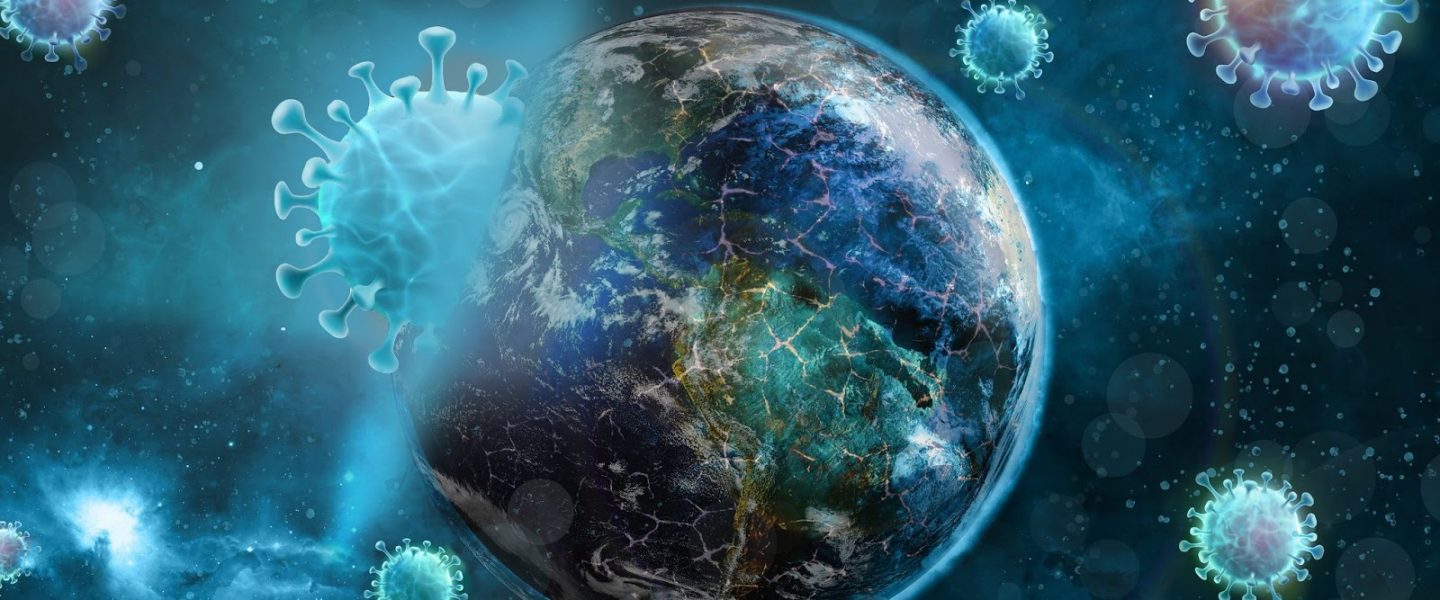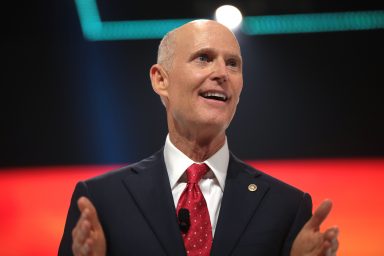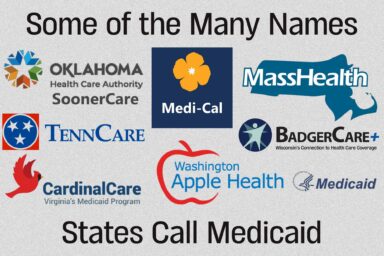Our team explores the political, social, and structural reasons why the pandemic appears to be nearing an end in some places and spiraling in others.
|
Listen To This Story
|
A year and a half into the COVID-19 pandemic, we revisit how countries around the world have responded to outbreaks, evaluate how they have balanced vaccination with mitigation measures, and why some places have seen success in containing the virus while others still experience large outbreaks. Here are just some countries with contrasting national reactions to the disease that our correspondents found most striking.
India
In the fall of 2020, India boasted some of the lowest case totals of COVID-19 in the world, despite its large population. In February, the leading Bharatiya Janata Party (BJP) congratulated “its leadership for introducing India to the world as a proud and victorious nation in the fight against Covid.”
However, experts now estimate that there will be millions of daily infections by mid-May. Over 350,000 new cases were recorded on April 26, and more than 3,000 patients die each day — and that’s an undercount. According to the World Health Organization, one in every three new COVID-19 cases in the world is currently in India. India’s capital, New Delhi, is being hit especially hard. Hospitals are running out of supplies such as oxygen, ventilators, and beds. People beg for treatment at overflowing hospitals and are turned away. Crematoriums are constructing makeshift pyres to accommodate the unmanageable influx of deaths.
Prime Minister Narendra Modi remains popular among his base, but some blame him for failing to prepare India for this surge and for holding packed political rallies in recent weeks where few precautions were enforced — possible superspreader events. Beyond leadership failings, the surge is also due to a new B1617 strain of the virus and the slow vaccination campaign. Fewer than 10 percent of India’s population have received one dose, and only 1.6 percent are fully vaccinated, despite the country producing two vaccines and exporting them to the rest of the world by the millions.
Israel
There’s good reason for Israelis to be optimistic. Restaurants are opening, indoor dining capacities are increasing, and masks are no longer required outside. April 24 was the first day in 10 months that Israel recorded no coronavirus deaths, and its transmission rate has been reduced to fewer than 100 daily infections. About 5.4 million Israelis — nearly 60 percent of the population — have been fully vaccinated. The scale of vaccination means that Israel is set to be the first large country to reach the accepted herd immunity threshold of 70 percent immunization.
However, immunization inequity between Israelis and Palestinians is glaring.
In Gaza and the West Bank, the coronavirus continues to spread, with the occupied Palestinian territories registering well over 1,000 new cases per day. Only 3 percent of Palestinians have been fully vaccinated, mostly as a result of Israeli efforts to immunize Palestinians who work in Israel or its settlements. While Israel is set to begin vaccinating children under 16 next month, the Palestinian Authority has the resources to vaccinate only frontline workers, people over 75 years old, and those with severe kidney diseases. Representatives of the Palestinian Health Ministry say the low vaccination numbers are due to lack of access to the vaccines — medicine that they claim Israel is responsible for supplying.
But Israeli Minister of Health Yuli Edelstein has reversed that charge, saying that it is up to the Palestinian governing body to procure vaccines for Palestinians.
So far, Israeli health services have vaccinated over 100,000 Palestinian workers, and the Palestinian territories have received a combined 120,000 vaccine doses from the United Nations COVAX program and from the United Arab Emirates. The Palestinian Authority is also set to receive another 100,000 vaccine doses from China.
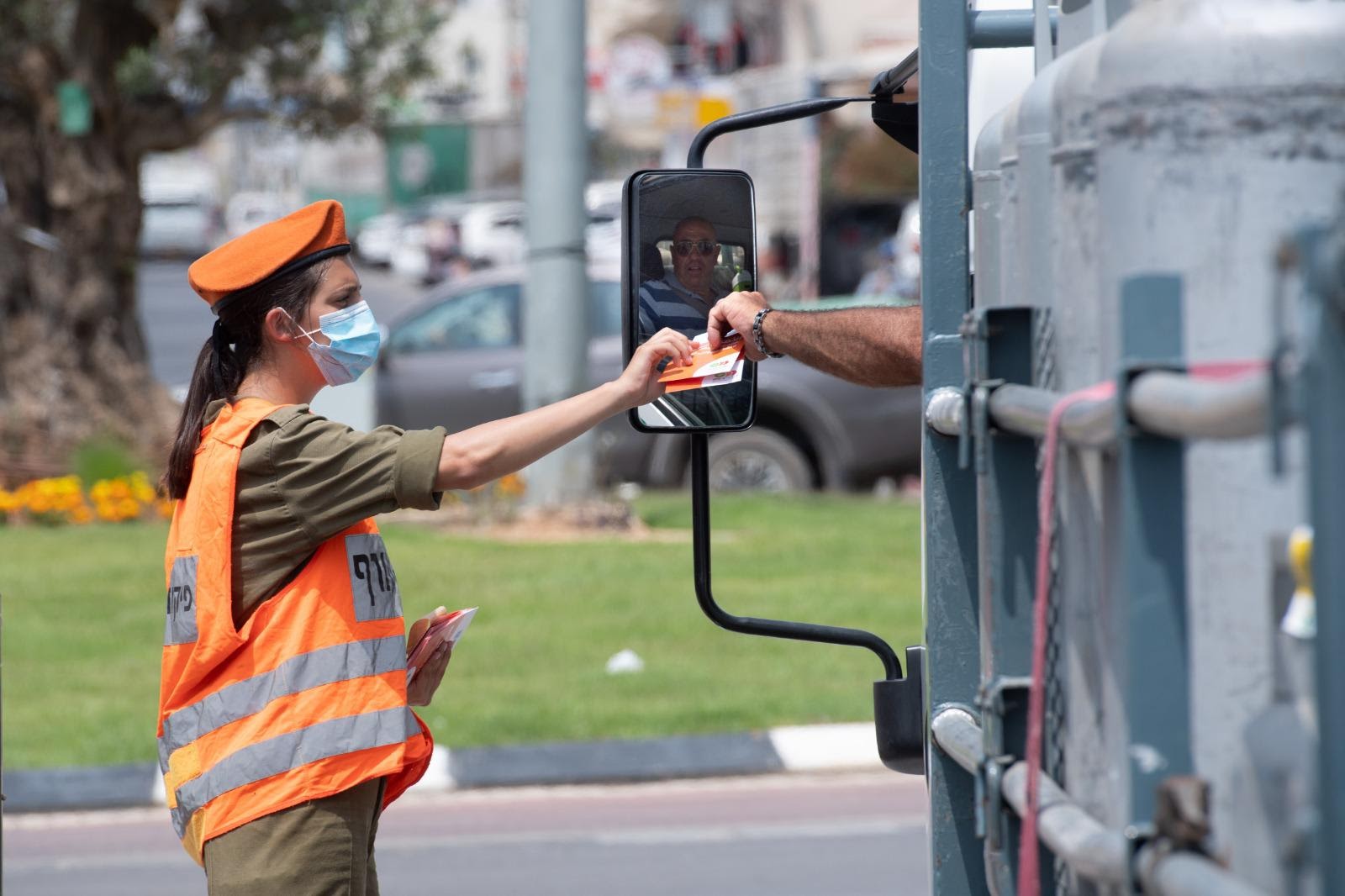
South Africa
South Africans’ sentiments on COVID-19 have fluctuated wildly, with ups and downs fueled by the country enduring a series of lockdowns that have varied both in the degree of restriction and in the complexity of the do’s and don’ts spelled out by President Cyril Ramaphosa.
Social distancing rules and alcohol bans just prior to New Year’s celebrations may have curbed what could have been a massive surge in cases for the country. Within three days (December 25 to 28), over 50,000 new cases were reported, and South Africa moved past the 1 million mark for confirmed COVID-19 cases. South Africa also has its own variant, which appears to be a faster-spreading strain. To date, approximately 15 percent of tests have led to a confirmed COVID-19 case, with less than 4 percent of confirmed cases leading to death (54,620 reported deaths due to COVID-19 as of writing).
But fed-up South Africans hit pandemic fatigue toward the end of last year. One online survey suggested that approximately one-third of the population felt that the virus was being exaggerated, which led to a decline in South Africans’ fear of the virus and their trust in the government’s response to it.
Meanwhile, the uncertain economic landscape created by the prolonged restrictions caused a loss of 3 million jobs by July, and by December 2020, the country saw approximately 42.7 percent of small- to medium-sized businesses closing their doors. Because of these numbers, the South African government is facing pressure to fund relief. What’s more, the country was already ranked as the highest spender in Africa, with a total of $116,118 million in 2020 alone, and by January 2021 the World Bank had provided South Africa a further $58.8 million in support since funding started in April 2020. There is concern that the increase in governmental debt combined with the $2.81 billion proposed tax hike over the next four years will lead to heavily drained coffers.
Even as the midnight curfew and compulsory mask rules remain intact, daily life is returning to a kind of new normal — including the green light from many domestic airlines for small dogs to resume in-cabin flights.
And although its infection rate has dwindled, South Africa seems to be playing a game of catch-up with less than 0.5 percent of the South African population vaccinated. The African Union has now secured 1.27 billion doses of COVID-19 vaccines which kick-started the Johnson & Johnson vaccination trial programs in February, with the most at-risk health care professionals first in line.
The rollout will likely be slow, due not only to the challenges around access but also the level of confidence in the vaccine. Although one survey showed that South Africans are more likely to sacrifice their human rights to mitigate the spread of COVID-19, divided views on the safety and efficacy of the vaccinations remain. Even if Ramaphosa can source enough vaccines for South Africa, a University of Johannesburg survey suggests that currently only two-thirds of the population will accept the shot.
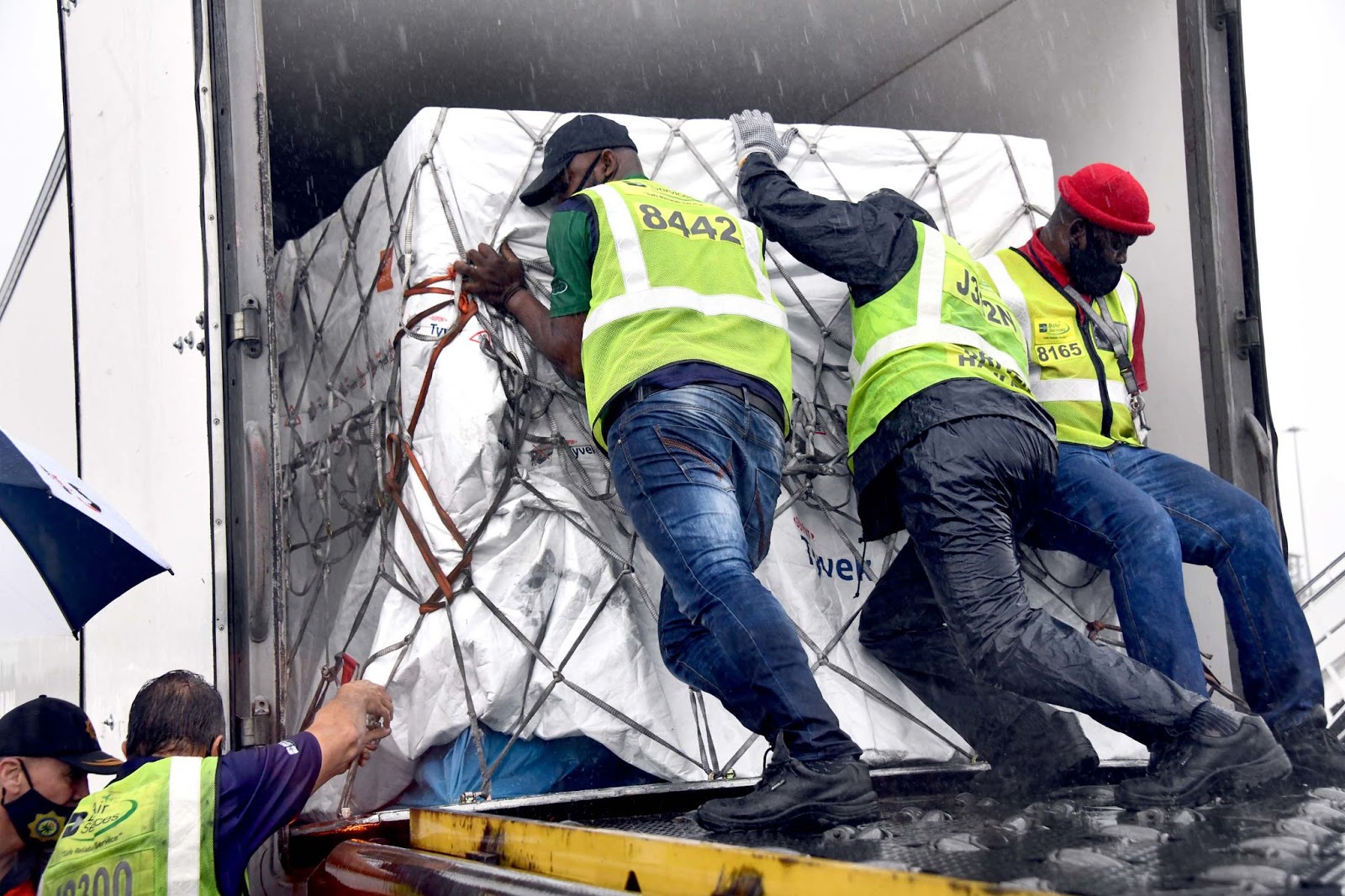
Australia
Australia’s near-eradication of COVID-19 has drawn international plaudits and allowed for a degree of normality unimaginable to much of the rest of the world, with little mask-wearing and a new travel bubble in place with New Zealand.
But Australia’s aggressive strategy has come at a heavy cost to many of its citizens, an issue that has garnered little attention beyond Australia. The country’s borders have been almost completely closed since the pandemic triggered worldwide lockdowns and travel bans in March 2020, stranding thousands of Australians overseas with few ways to return home. The government has capped the number of weekly international arrivals — a practice critics have said is a human rights violation — and the scarcity of seats on flights has led to soaring ticket prices that are unaffordable for many. Some Australians have been stuck abroad for over a year.
Those who do manage to get into the country face a two-week quarantine in a hotel run by state governments. But even that has posed safety risks, both for returning travelers and for people who have lived in Australia throughout the pandemic. Poor ventilation in many of the rooms has led to people who tested negative upon arrival contracting COVID-19 while in quarantine, causing small outbreaks that have led to several city-wide lockdowns.
A slow vaccine rollout is complicating a complete return to normal. Just 2.7 million doses have been given, and the government is struggling to ramp up distribution as doctors say they are suffering from shortages. But Health Minister Greg Hunt has said even a fully vaccinated populace at herd immunity may not lead to the reopening of the country’s borders, including to incoming tourists, stranded Australians, and Australians who wish to travel to countries other than New Zealand.
Vaccinations Over Time in Select Countries
Belgium
Many Americans have struggled to navigate their states’ finicky vaccine sign-up systems in what some have described as a Hunger Games-esque battle to snag one of the precious few COVID-19 vaccination slots. But Belgians are facing an even more confounding challenge — being almost completely unable to access a key vaccine sign-up website.
As the Belgian and European Union vaccination drives have lagged disastrously behind the surging rollouts of the US and the UK, many Belgians who are not currently eligible have become desperate to secure a shot. To do this, they have turned to the nation’s new website to get on the waiting list for leftover doses. The process seems simple: Go to the site, get in the queue, and wait your turn to access the sign-up page. But in reality, it’s extremely difficult to get on the list. According to a report from Belgian broadcaster RTL, visitors to the site are often greeted with the message that there is a wait time of more than an hour — only to find that once they get on the list, there are still tens of thousands of people ahead waiting for a dose. Some people report waiting in front of their screens for hours each day to no avail.
The country had previously managed to better contain the virus and had been moving toward loosening restrictions when a new wave, dominated by the more contagious B117 variant first identified in the UK, hit hard in February. As the surge threatened to overwhelm hospitals, Belgian Prime Minister Alexander De Croo announced an “Easter pause” on March 24 that closed schools and limited access to nonessential shops.
However, some of the lockdown rules have since been relaxed. Currently, Belgians are mandated to work from home; may move freely, but between the hours of 12 a.m. and 5 a.m may be on the street with a maximum of three people (excluding those with whom they live and children under 13); and are required to wear masks in busy public and private places if they are age 13 and over.
The number of new cases per day has since halved from its peak on March 21, and deaths are gradually decreasing. In November 2020, Belgium had the world’s highest per capita death rate at 1,385 deaths per 1 million residents.
https://twitter.com/StefaanDeRynck/status/1389841654253772800
Sweden
While most of the world has decided to impose lockdowns and hefty restrictions on their citizens, countries like Sweden and South Korea have gone against the grain, opting for a laissez-faire approach in response to COVID-19.
Many have scoffed at Sweden’s determination to build herd immunity through infection and the country’s refusal to enforce mask-wearing or restrict the movement of its citizens. In a Christmas speech, Sweden’s King Carl XVI Gustaf publicly acknowledged that the government had failed. However, the country did not completely throw caution to the wind. Its government encouraged social distancing, emphasizing that elderly citizens should avoid contact with others, including public transportation and unnecessary travel. Foreigners are required to present a negative COVID-19 test to enter the country.
As the second wave of COVID-19 hit and other countries ordered citizens back into their homes, Sweden’s Public Health Authority, the Folkhälsomyndigheten, still stuck to their guns despite international medical journal the Lancet imploring Sweden to rethink its approach. The journal noted that Sweden has one of the highest infection rates in Western Europe.
Taiwan
Taiwan has demonstrated that even a densely populated society can mitigate a highly transmissible viral infection. Given its proximity to and travel connections with mainland China, the island’s success is a remarkable feat.
Residents of Taiwan have largely adhered to the country’s Centers for Disease Control guidelines and orders. Many cite Taiwan’s experience with the SARS epidemic as a partial explanation for why COVID-19 has been taken so seriously.
Taiwan’s strict quarantine policies for all people entering the island, including rigorous contact tracing and procedures for contacts of those who test positive for COVID-19, have contributed to Taiwan’s success; what’s more, these contacts are required to quarantine at home for 14 days regardless of their own test results.
Taiwan’s government also acted rapidly to ensure that the state maintained an adequate supply of medical equipment by stockpiling masks, restricting exports of critical supplies, and implementing protectionist policies against the export of personal protection equipment.
Some experts believe that Taiwan’s distrust of reports by the Chinese Communist Party’s public health officials spurred greater caution, alertness, and response. As a target of mainland China’s successful campaign to exclude Taiwan from the World Health Organization, Taiwan remained skeptical about China’s reports on the severity of the disease, the ease with which it could be handled, and the lack of human-to-human transmissibility.
Taiwan continues to experience extremely low case counts even as its vaccination program lags behind, with 3.8 percent of the population having received a dose and less than 1 percent being infected with COVID-19.
Taiwan is one of the few success stories containing COVID-19 due to its previous experiences handling SARS and H1N1 outbreaks. While there are more than 153M confirmed COVID-19 cases Taiwan has a bit more than 1100 confirmed cases and 12 deaths since the beginning of the pandemic pic.twitter.com/kksKnSpiNI
— Taiwan in Geneva (@Taipei_GVA) May 6, 2021
____
Reporting by Emily Blumenthal, Nicole Botha, Peter Kronish, Jessica Moss, and Gabriel Newman.
Related front page panorama photo credit: Adapted by WhoWhatWhy from USAID U.S. Agency for International Development / Flickr (CC BY-NC 2.0).
